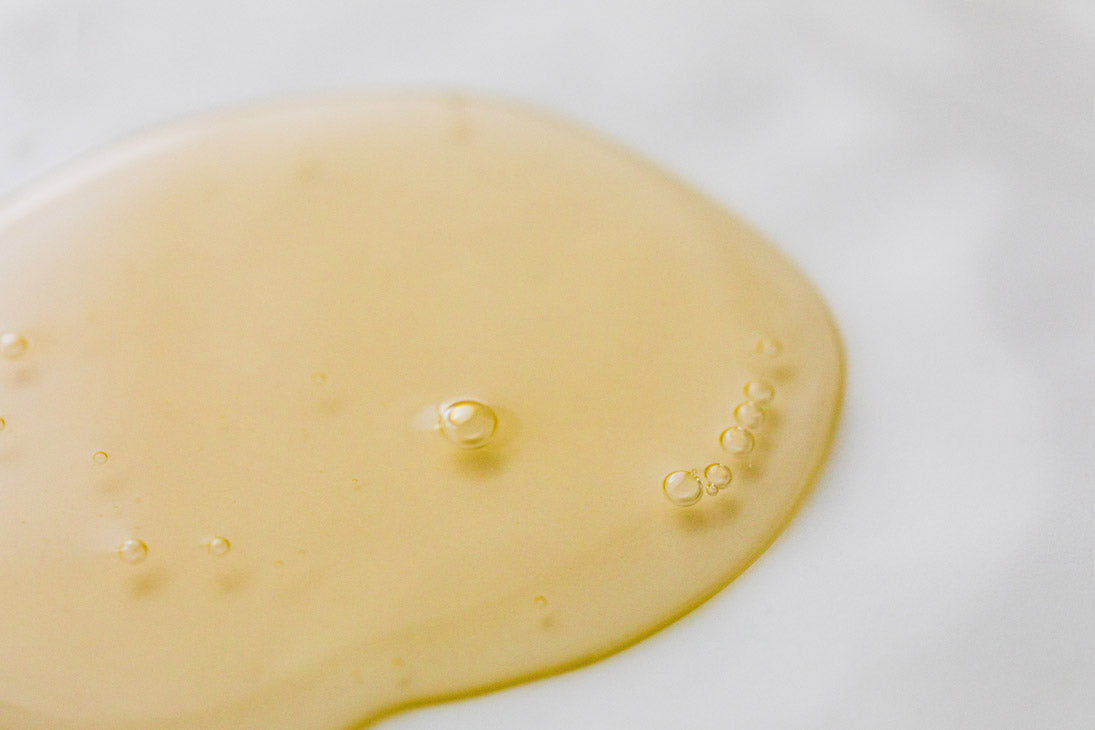Historical Origins and Cultural Context
The tradition of preparing Aqua di San Giovanni traces back to pre-Christian solstice celebrations, later intertwined with the Christian feast of Saint John the Baptist. The night of June 23rd — Midsummer’s Eve —marks a period when nature is believed to reach the peak of its energetic and medicinal power. According to ethnobotanical research, this practice was common in Italy, Spain, France, and other parts of Europe, reflecting a syncretism between pagan and Christian beliefs.
In many regions, people collect wild herbs and flowers at sunset on June 23rd, immerse them in fresh-water, and leave the infusion outdoors overnight to absorb the dew. The morning of June 24th, the water is used to wash the face and hands, symbolizing renewal and protection from misfortune.
Symbolic and Purifying Meanings
The act of washing with Aqua di San Giovanni is more than a hygiene ritual; it is intended to confer blessings, drive away negativity, and ensure health for the coming year. This is rooted in the ancient concept of dew magic — the belief that the dew collected on Midsummer’s Eve is imbued with the highest vitality and curative powers. The Christian dedication to Saint John overlays this practice with additional symbolism, as the saint is associated with water through the act of baptism and spiritual purification.
Common Flowers and Herbs: Selection and Botanical Rationale
Frequently Used Botanicals
The plants included in Aqua di San Giovanni vary by region but typically comprise a mix of aromatic, medicinal, and symbolically significant species. It isn't about putting in the water what's pretty, but what's important according to the meaning of each plant. The most commonly cited flowers and herbs include:
-
Rosmarino (Rosemary - Rosmarinus officinalis)
Rosemary is one of the most essential herbs in this ritual, symbolizing health, well-being, and protection. It is believed to purify the body and soul, and is often associated with longevity and clarity. -
Petali di Rose (Rose Petals - Rosa spp.)
Rose petals are widely used to symbolize love, beauty, and affection. The presence of rose in the infusion is meant to attract positive energy and emotional harmony. -
Margherite (White Daisies - Bellis perennis or Leucanthemum vulgare)
Daisies are linked to purity, innocence, and truth. In the context of Aqua di San Giovanni, they further represent love and beauty, reinforcing the feminine and nurturing qualities of the ritual. -
Camomilla (Chamomile - Matricaria chamomilla or Chamaemelum nobile)
Chamomile is the symbol of calmness, serenity, and comfort. Its soothing scent and mild anti-inflammatory qualities add to the infusion’s relaxing properties. -
Lavanda (Lavender - Lavandula angustifolia)
Used for its scent and its ability to cleanse and bring tranquility, lavender supports the ritual’s goal of spiritual purification. -
Iperico o Erba di San Giovanni (St. John’s Wort - Hypericum perforatum)
Traditionally included for its protective qualities, especially to ward off negativity and enhance the ritual’s magical aspects. -
Salvia (Sage - Salvia officinalis)
Sage is often added for its purifying and wisdom-bringing properties, although it is not always included in every region. -
Menta (Mint - Mentha spp.)
Mint is a symbol of vitality, freshness, and renewal, often included to invigorate and balance the herbal blend.
Other common additions: Marigold (calendula, for positivity), cornflower, elderflower, wild poppy petals, and other local wildflowers depending on the region and availability.
Why These Botanicals?
The selection is not arbitrary. Historically, the chosen herbs are those at their peak bloom during late June — often aromatic and containing volatile compounds (essential oils, flavonoids) with documented antimicrobial, anti-inflammatory, and skin-soothing effects. This coincides with their traditional use in folk medicine for topical and internal remedies.
St. John’s Wort, for instance, is at its medicinal best during the summer solstice and has a well-documented history as a protective and healing herb. Lavender, sage, and rosemary are rich in essential oils with demonstrated antioxidant and antimicrobial activity. Roses and chamomile offer skin-calming benefits due to their content of polyphenols and bisabolol, respectively.
Preparation Method
Traditional Preparation:
- Collect fresh herbs and flowers at sunset on June 23rd.
- Place them in a large bowl and cover with fresh spring or filtered water.
- Leave the bowl outdoors overnight to capture the energy of the night and the early morning dew.
- On June 24th, strain the infusion and use the water to gently wash the face and hands.
- This process is often accompanied by family gatherings, prayers, or traditional songs.
Regional Variations
While the core ritual is widespread across Italy, local traditions may differ in the precise mix of plants or the additional practices involved. For example, in some regions, the number of herbs must be odd (usually seven or nine) for good luck. In northern Italy, the tradition may also include rolling in the dew-soaked grass at dawn.
Scientific and Ethnobotanical Perspective
Recent ethnobotanical studies recognize Aqua di San Giovanni as an example of traditional ecological knowledge, preserving ancient relationships between humans and medicinal plants. The use of these botanicals for topical rinsing is not purely symbolic — many have verifiable beneficial effects on the skin. While scientific validation of the magical properties is lacking, the ritual supports intergenerational transmission of plant knowledge and fosters a sense of community and well-being.
• • •
Aqua di San Giovanni exemplifies the blending of folklore, botanical science, and communal ritual in our Italian heritage. Beyond its historical and cultural significance, the selection of flowers and herbs reflects a deep-rooted understanding of the natural world, handed down through generations. The tradition continues to thrive amongst our Italians families, offering both a tangible and symbolic link to the healing power of plants and the cyclical rhythms of nature.




